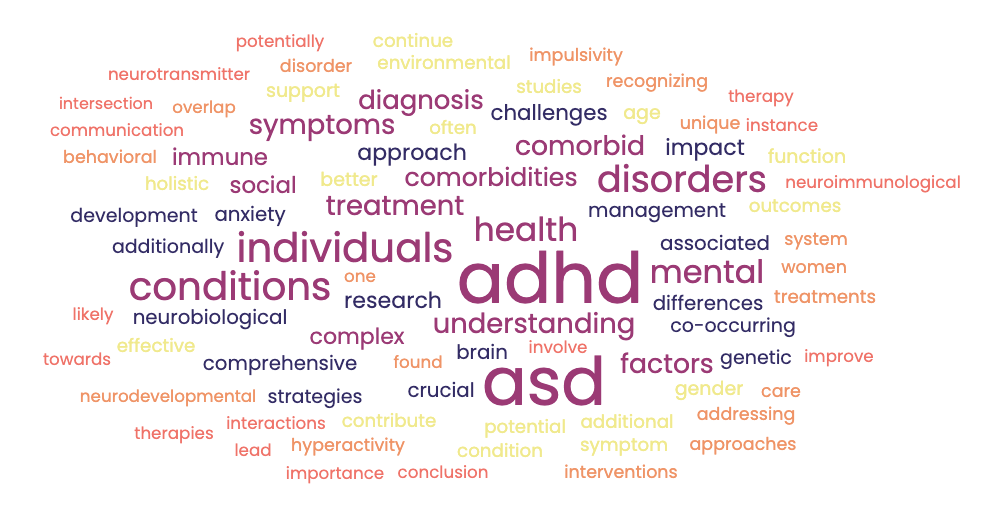There is a lot of talk about mindfulness these days. According to Jon Kabat-Zinn (1994), the founder of the Stress Reduction and Relaxation Program at the University of Massachusetts Medical Center, “Mindfulness is the act of paying attention in a particular way: on purpose, in the present moment, and nonjudgmentally.” Mindfulness is an active process for learning how to manage stress and reaching a greater level of health and well-being (Kabat-Zinn, 2005).
For many who have become intrigued by the idea of mindfulness the question becomes how to start being more mindful. One of the ways to do this is to begin to incorporate what are referred to as informal practices of mindfulness throughout the day. Informal mindfulness practices are those that are done as we pass through our day and are a way to begin to pay attention moment by moment.
STOP is an exercise that allows you to take a pause and to observe your experience and then proceed in way that is congruent with how you want to spend your time or that is going to be beneficial for you. The exercise challenges you to become more aware of yourself and your thoughts rather than simply drifting through your day without awareness. Taking a moment to stop and reflect allows for the opportunity to respond more effectively (Stahl & Goldstein, 2010)
An important concept in mindfulness is that of beginner’s mind, which essentially asks that you approach each situation as if for the first time. This approach allows us to be free of expectation based on our previous experiences (Kabat-Zinn, 2005). If you can approach this exercise with childlike curiosity, you are likely to learn some new things about how you approach the world including how your thoughts may be influencing your feelings and behaviors in ways that you may want to change. As you practice more often, you are likely to find that you have some room to catch yourself at moments where you are feeling overwhelmed, angry or upset and change direction.
Here are the steps (adapted from Stahl & Goldstein, 2010):
S – STOP. Take a moment to stay still and just be. Taking time is the first step in being more mindful.
T – Take a breath. Breathing is an essential part of being alive so take a moment to just breathe. You do not have to breathe in any special way. Instead, you can simply pay attention to how you breathe naturally. Focus on how your breath comes in and out by noticing the feeling of your breath in your nostrils as you inhale and exhale or how your chest expands and contracts as you breathe. For those who may find watching the breath difficult – simply take a few deep breaths.
O – Observe your thoughts and feelings. An important aspect of mindfulness is getting the option to break out of old habits. Taking the time to observe gives you the opportunity to choose new ways to react.
One important aspect in the definition of mindfulness is the goal of approaching the exercise with a nonjudgmental awareness. It is important to note that the judgmental thoughts will come, but the exercise asks that you take time to notice and question whether the judgments are facts or just simply your mind’s biased commentary (McQuaid & Carmona, 2004). When a non-judgmental stance is combined with taking the time to observe a powerful opportunity is created for finding peace by quieting the critical messages that the mind often sends (Kabat-Zinn, 2005).
P – Proceed. This step is about moving forward with a new awareness. It is not about simply moving on with your day but instead is about taking what you have observed and using that to inform how you choose to act and react after the exercise is over.
Using the STOP technique is a first step into exploring what mindfulness has to offer. It can be used at any time but is particularly helpful in moments of difficulty when you can benefit from taking a moment to gather yourself and move forward with clear intention.
REFERENCES
Kabat-Zinn, J. (2005). Full catastrophe living: Using the wisdom of your body and mind to face stress, pain, and illness: Fifteenth anniversary edition. New York: Bantam Dell.
Kabat-Zinn, J. (1994). Wherever you go, there you are: Mindfulness meditation in everyday life. New York: Hyperion Books.
McQuaid, J. R. & Carmona, P. E. (2004). Peaceful mind: using mindfulness & cognitive behavioral psychology to overcome depression. Oakland, CA: New Harbinger Publications, Inc.
Stahl, B. & Goldstein, E. (2010). A mindfulness-based stress reduction workbook. Oakland, CA: New Harbinger Publications, Inc.








